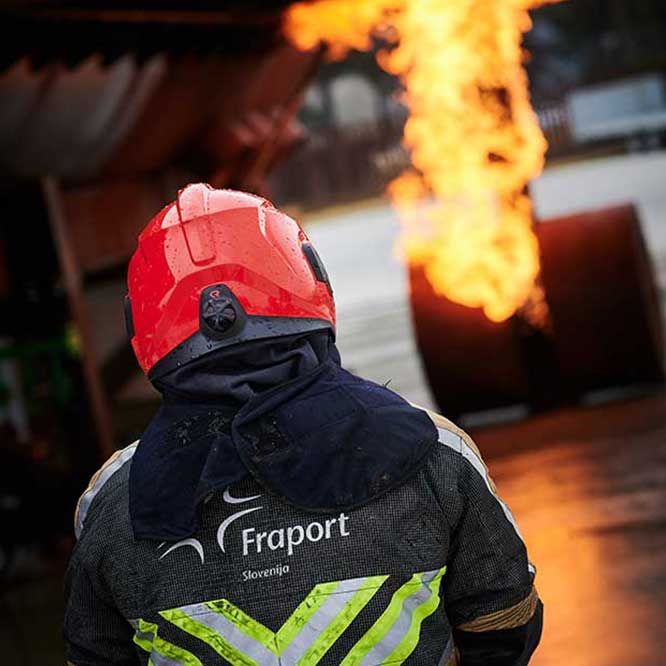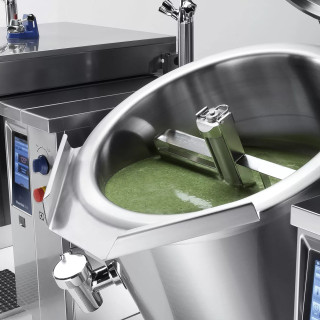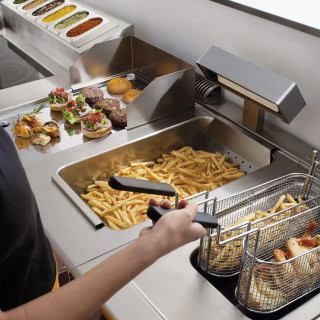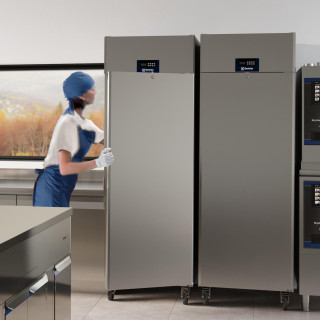How to Wash Firefighter Gear Correctly

Firefighters face hazardous and challenging environments, and their protective gear plays a vital role in ensuring their safety.
For this reason, properly washing firefighter gear is essential to maintain its integrity and effectiveness. In this guide, we will walk you through the step-by-step process of washing firefighter gear, discuss the frequency of washing, highlight the importance of proper cleaning, and provide insights into the use of specialized washing machines and dryers.

Why is it Important to Wash Firefighter Clothing Properly?
Properly cleaning firefighter clothing is crucial for several reasons:
- Contaminant removal: firefighters’ gear often accumulates various contaminants that can pose health risks if not properly removed. Washing helps eliminate harmful substances and reduces the potential for cross-contamination.
- Heat and flame resistance: firefighter clothing is engineered to withstand high temperatures and provide flame resistance. Proper washing ensures that the gear maintains its protective qualities, reducing the risk of thermal injuries.
- Durability and longevity: regular cleaning and maintenance help prolong the lifespan of firefighter gear. Removing dirt, debris, and contaminants can prevent premature wear and damage, extending the gear’s usability.
How to Wash Firefighter Gear Step by Step
Here is a step-by-step process for washing firefighter gear:
-
Pre-cleaning inspection: before washing, visually inspect the gear for any visible soiling, damage, or wear. Take note of any areas that require special attention or repair.
-
Remove detachable items: remove all detachable components, such as liners, thermal hoods, and gloves, following the manufacturer’s instructions. These items may require separate cleaning or specialized care.
-
Pre-treat stains: treat any visible stains or spots using a mild detergent or a stain remover recommended for firefighting gear. Gently work the solution into the fabric with a soft brush or cloth.
-
Machine washing: place the gear in a specialized washing machine designed for firefighting gear or use a machine approved by the manufacturer. Follow the manufacturer’s guidelines for temperature, detergent type, and cycle duration. Use a mild detergent specifically formulated for firefighting gear.
-
Rinse thoroughly: after the washing cycle, ensure that all detergent residue is rinsed away by running an additional rinse cycle or following the manufacturer’s instructions.
-
Drying: hang the gear to air dry in a well-ventilated area, away from direct sunlight. Avoid using a conventional dryer, as excessive heat can damage the gear or compromise its protective properties.

How Often Should You Wash Fire Gear?
The frequency of washing fire gear depends on the level of exposure and usage. However, a general recommendation is to clean gear after every use or whenever it becomes visibly soiled. Regular cleaning helps remove contaminants, such as chemicals, soot, and toxins, ensuring that the gear remains effective in providing protection.
Can You Put Fire Gear in the Dryer?
Conventional dryers can subject firefighter gear to excessive heat, which can damage the fabric and compromise its protective properties. It is best to avoid using a conventional dryer for firefighter gear. Instead, hang the gear to air dry in a well-ventilated area or use specialized drying cabinets specifically designed for firefighting equipment.Washing Machines and Dryers for Firefighter Gear:
To ensure the proper cleaning and maintenance of firefighter gear, specialized washing machines and dryers are recommended. Here are three types of machines designed for this purpose:
- Barrier washers: Effective separation between loading and unloading phases is assured. Dirty garments are loaded on one side of the machine, while the clean laundry is safely unloaded in a separate clean area. These sealed compartments prevent cross-contamination and are ideal for removing hazardous substances from firefighter gear while maintaining strict hygiene standards.
- Drying cabinets: designed to dry firefighter gear efficiently and safely, these cabinets provide controlled airflow, temperature, and humidity levels, ensuring thorough drying without compromising the gear’s integrity.
- Personal protective equipment (PPE) washers: these machines are specifically designed to clean and disinfect personal protective equipment, including firefighter gear. They incorporate specialized programs and features to ensure optimal cleaning and maintenance.
Conclusions
Properly washing firefighter gear is crucial for maintaining its integrity, removing contaminants, and prolonging its lifespan. Follow the step-by-step cleaning process outlined above, including pre-cleaning inspection, stain treatment, machine washing, and proper drying. Regularly cleaning gear after use or when visibly soiled is essential to ensure its protective properties. Additionally, it is important to use specialized washing machines and drying equipment designed specifically for firefighter gear to ensure effective cleaning and maintain the gear’s performance and longevity. By adhering to these guidelines, firefighters can continue to rely on their gear to provide the necessary protection in challenging and hazardous situations.

















